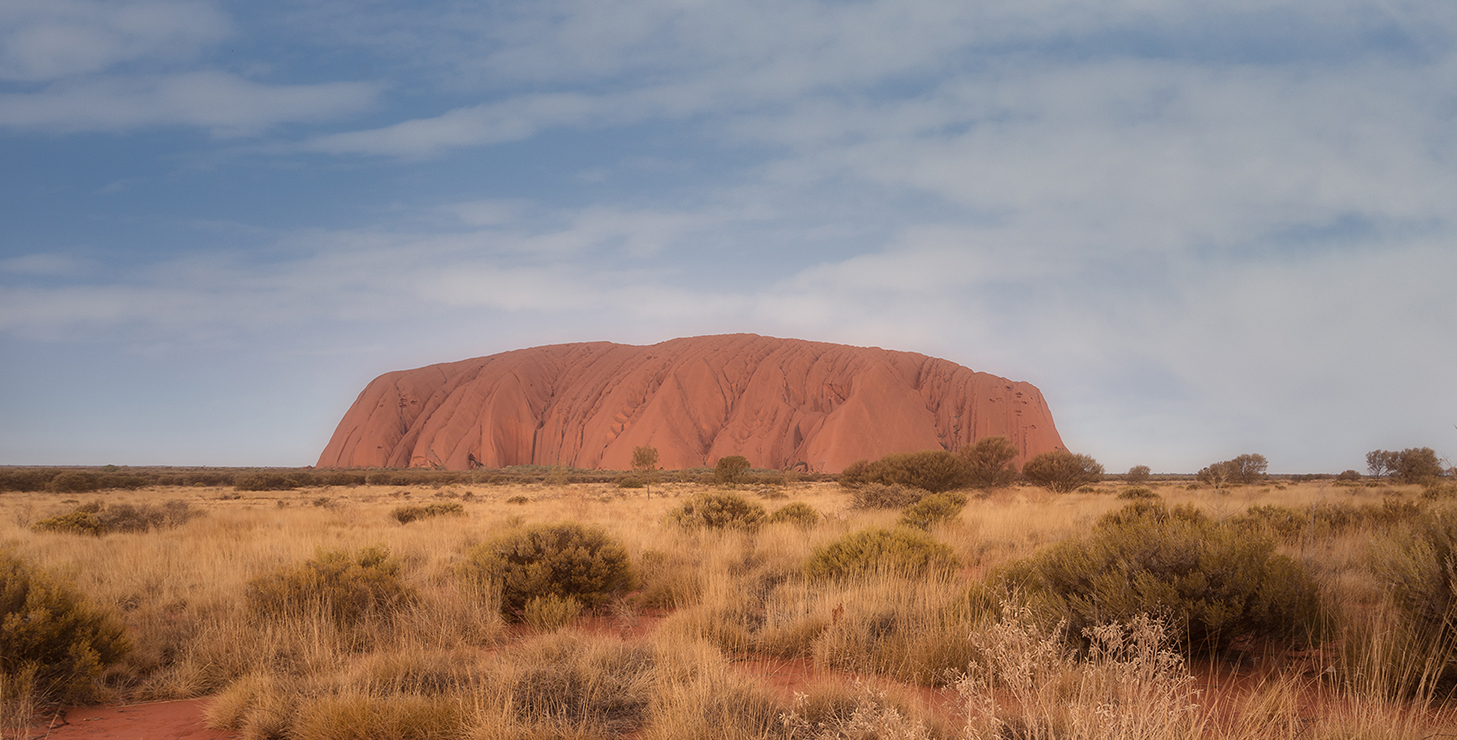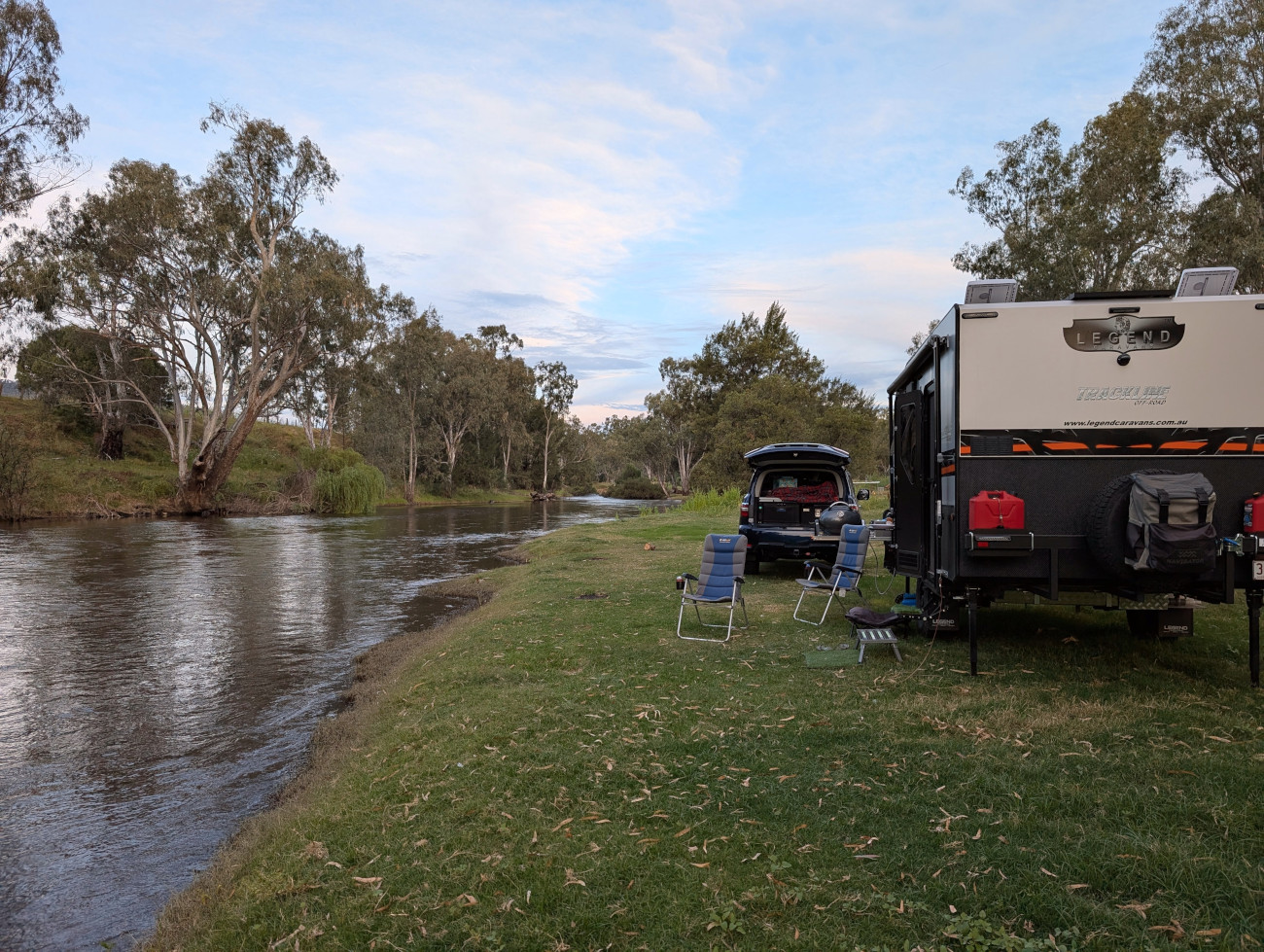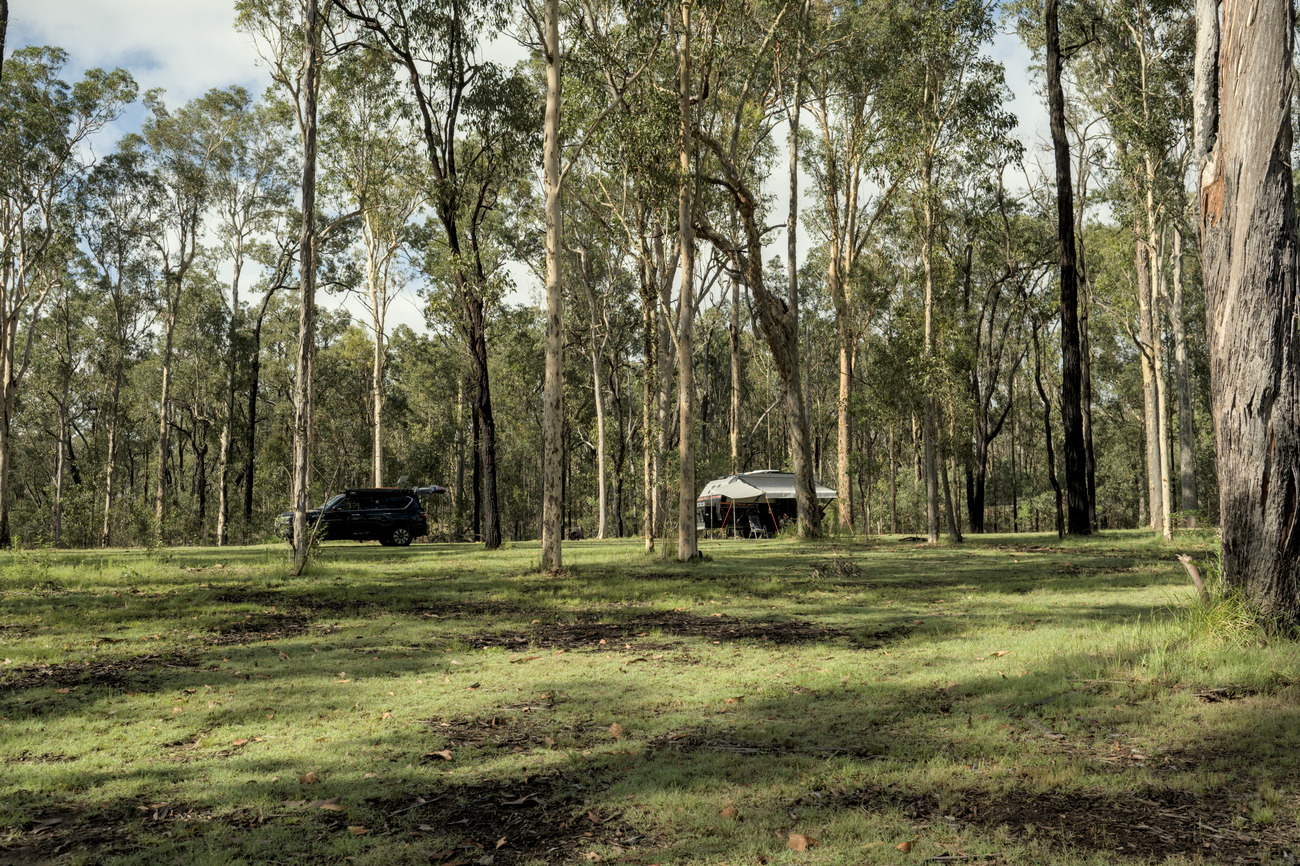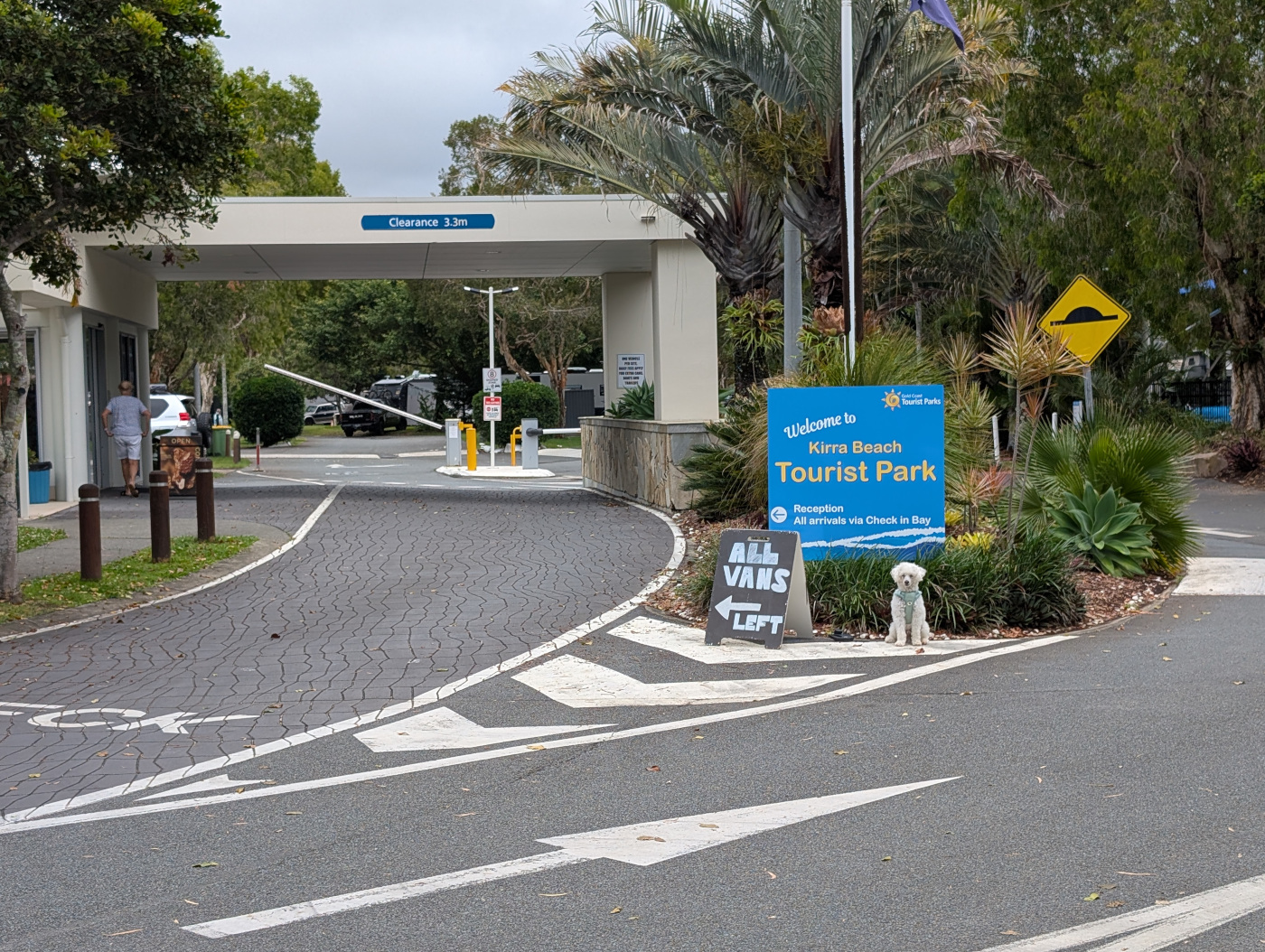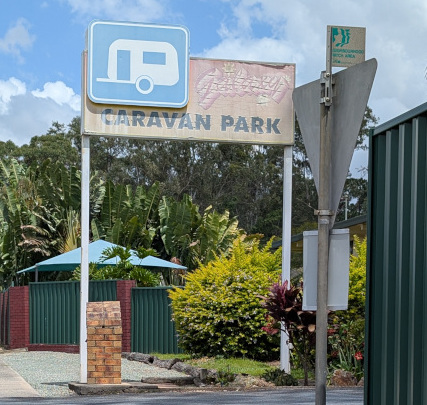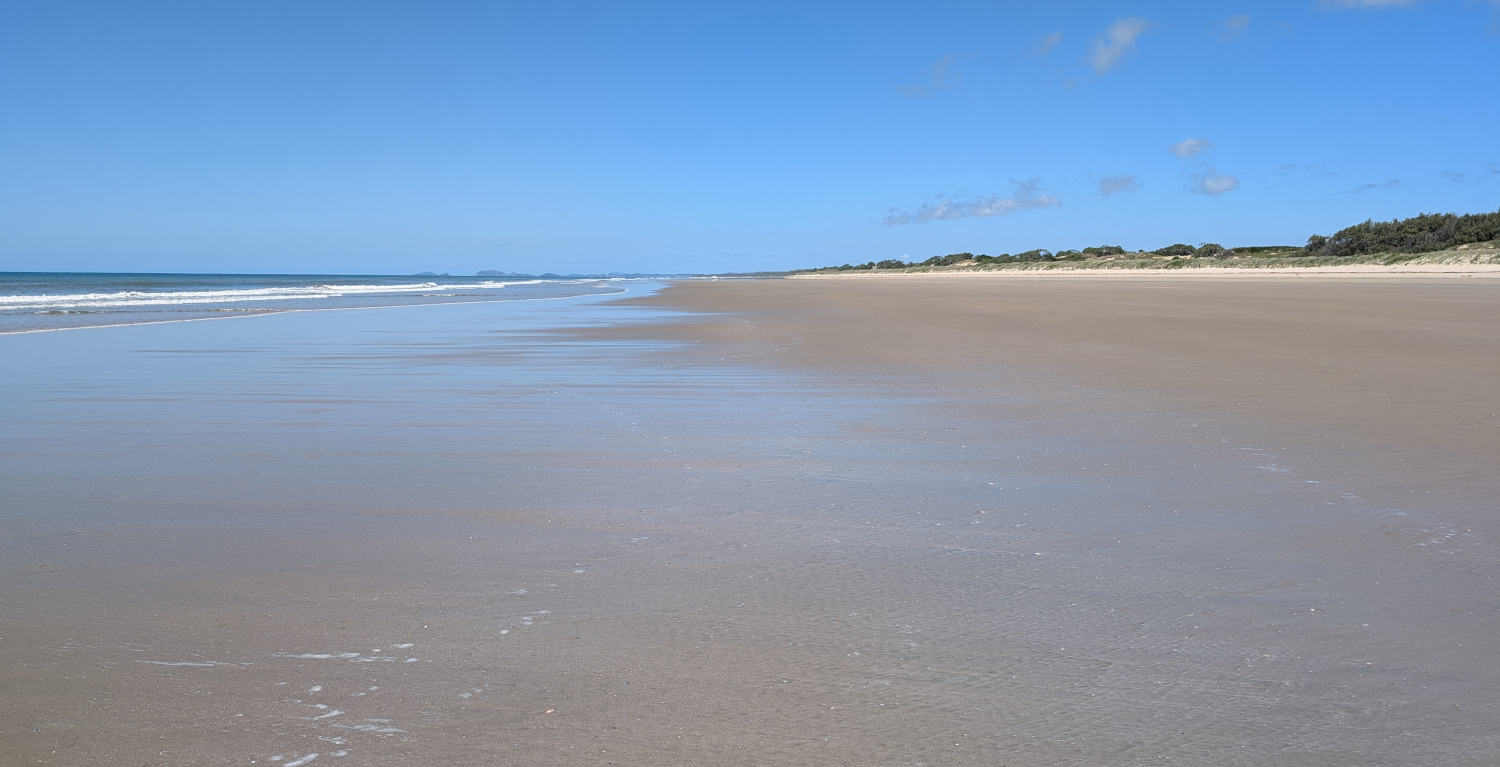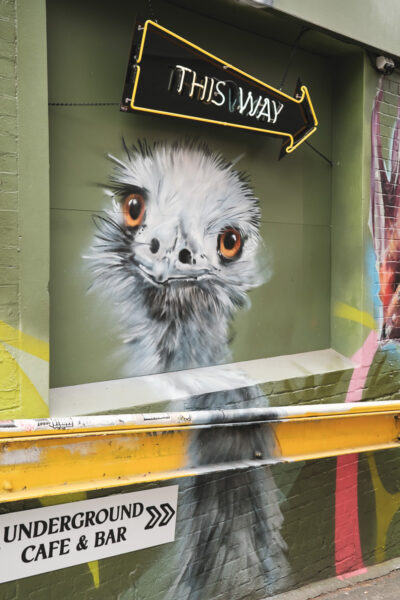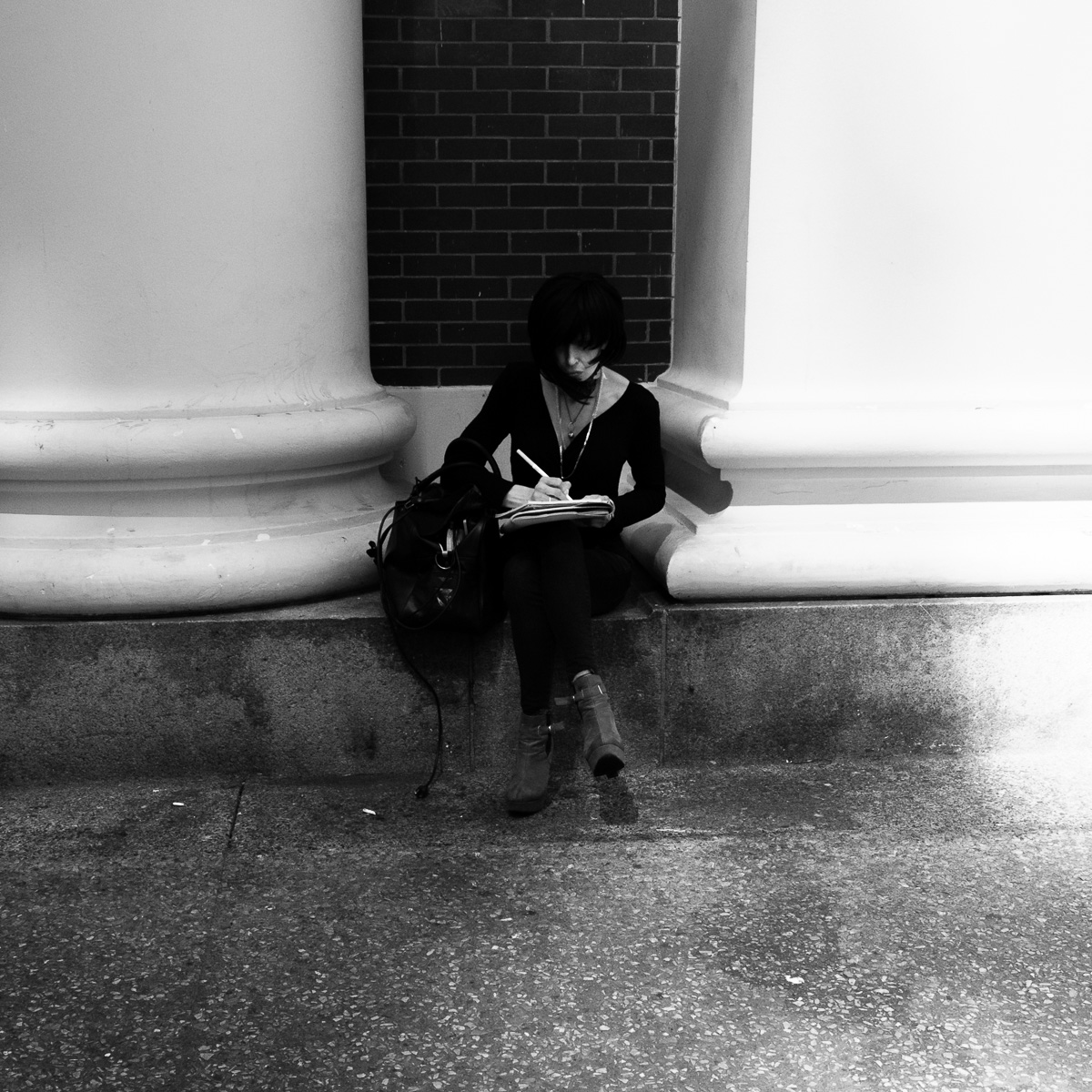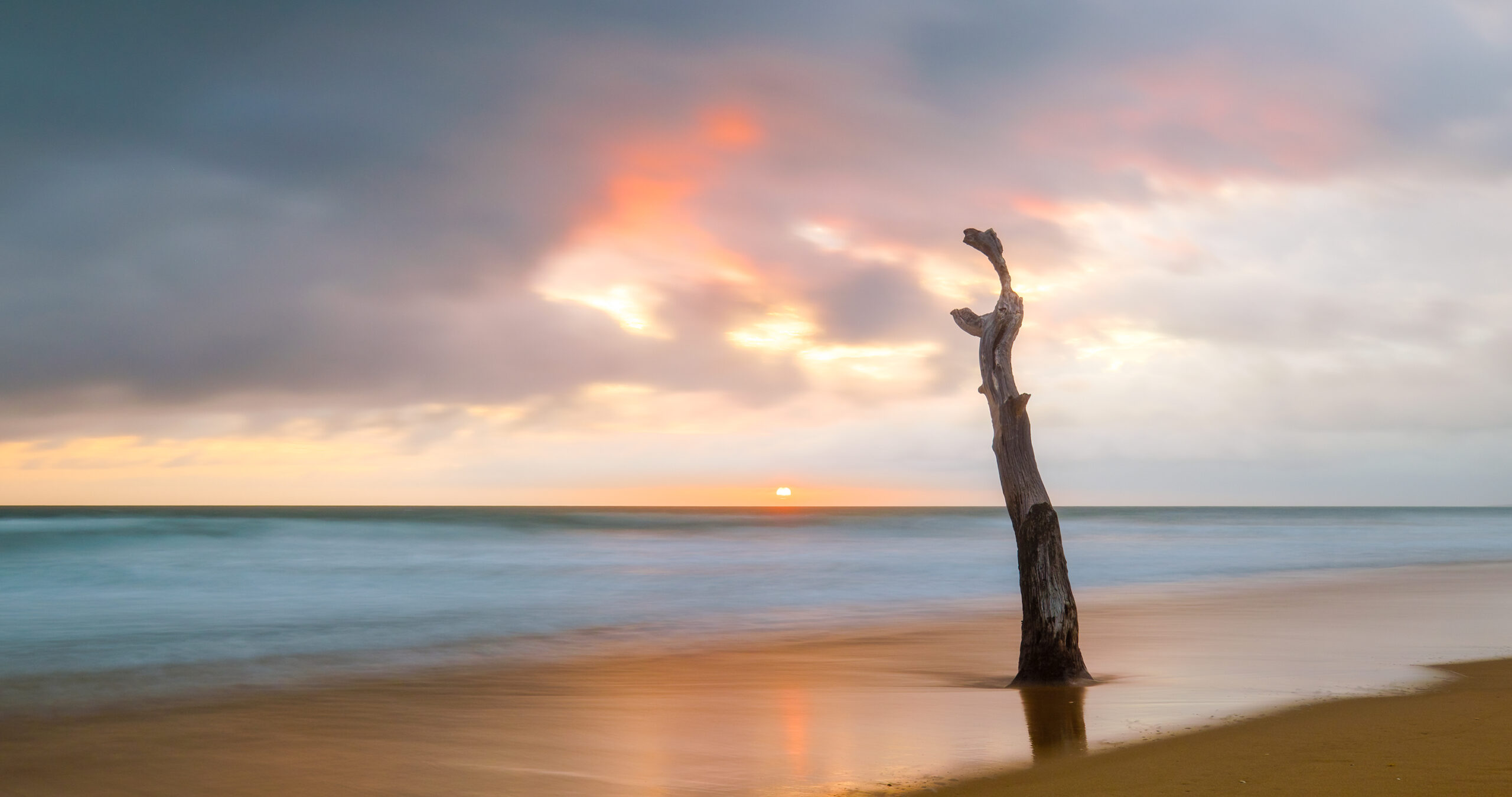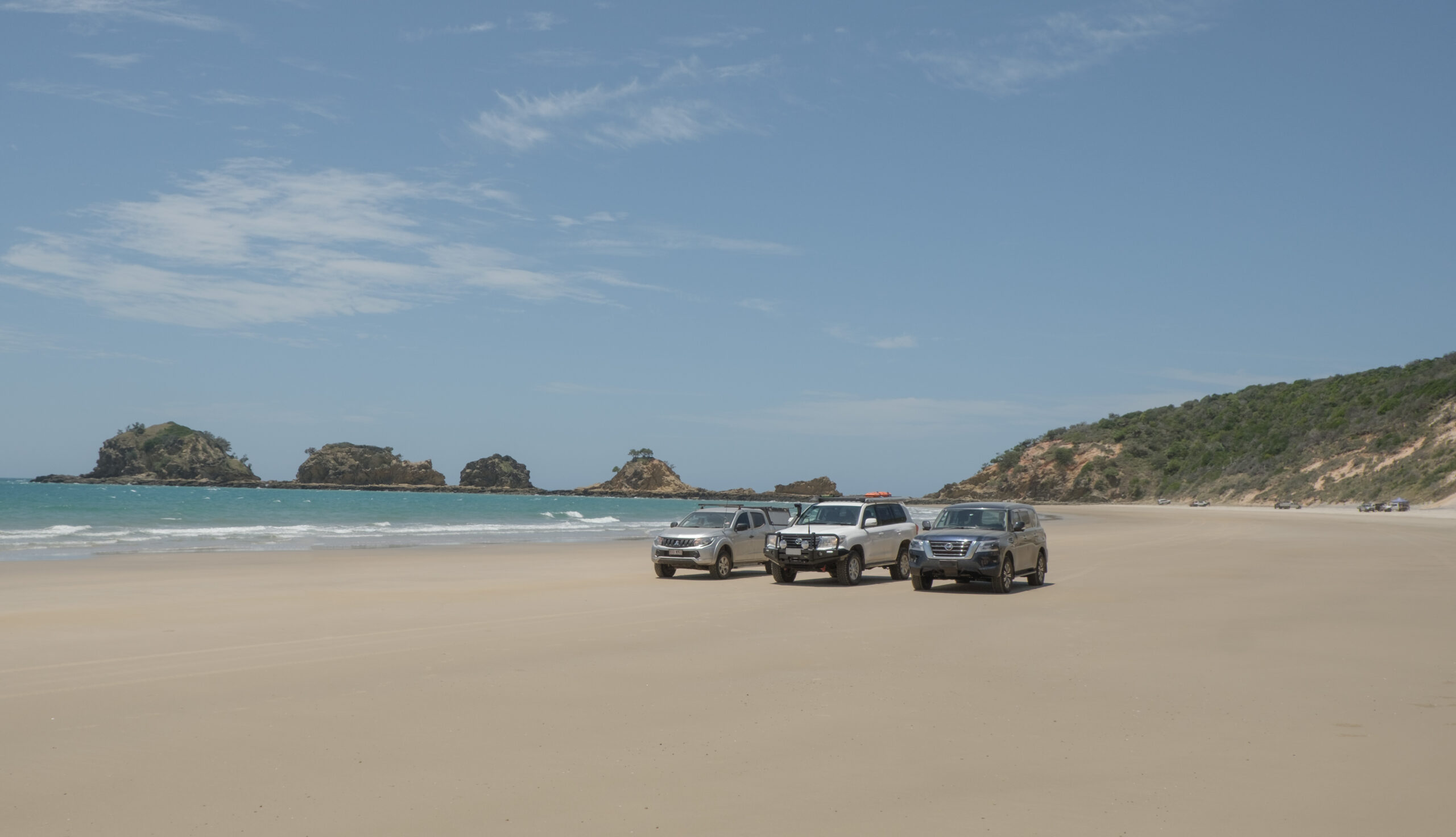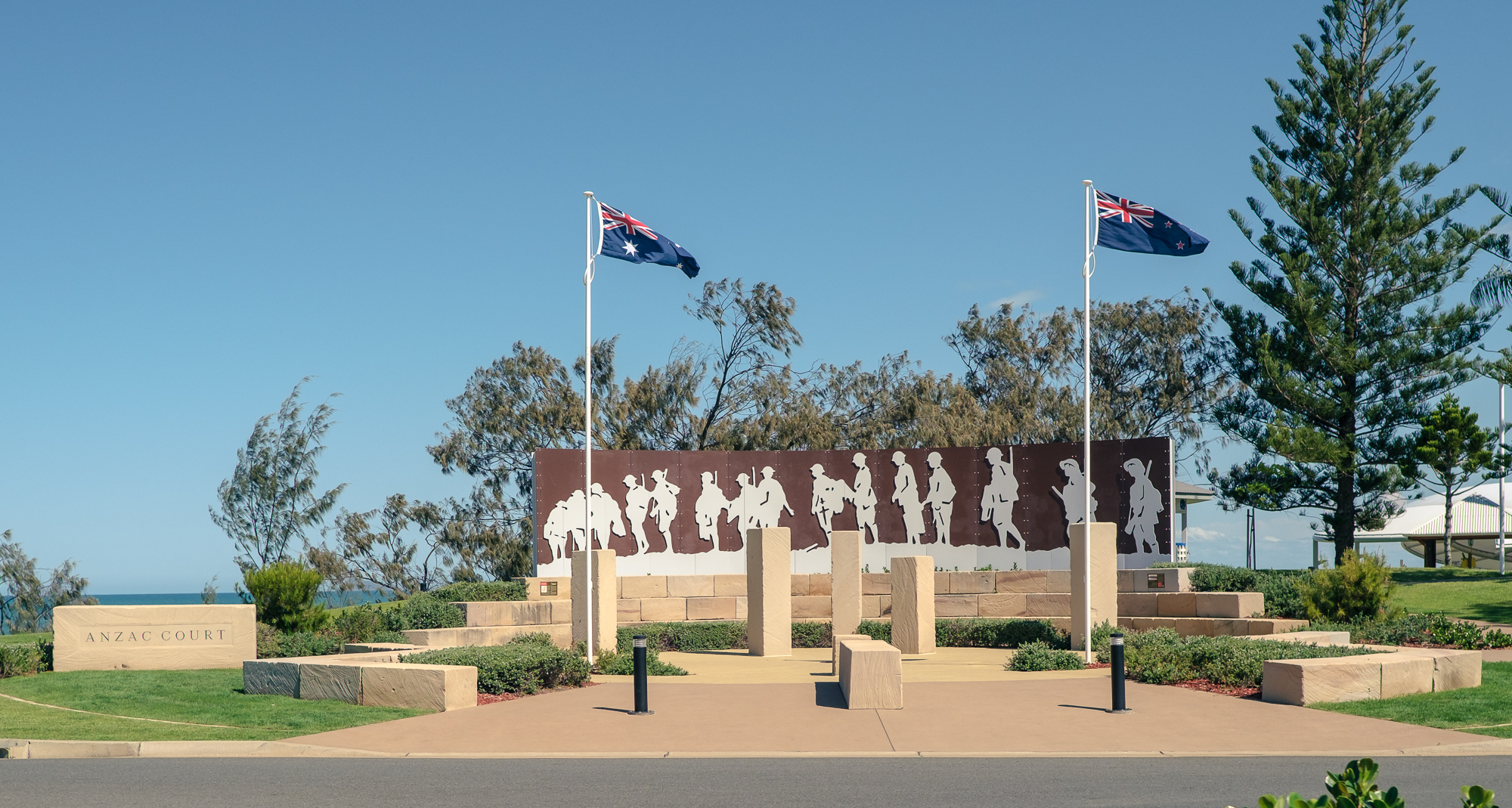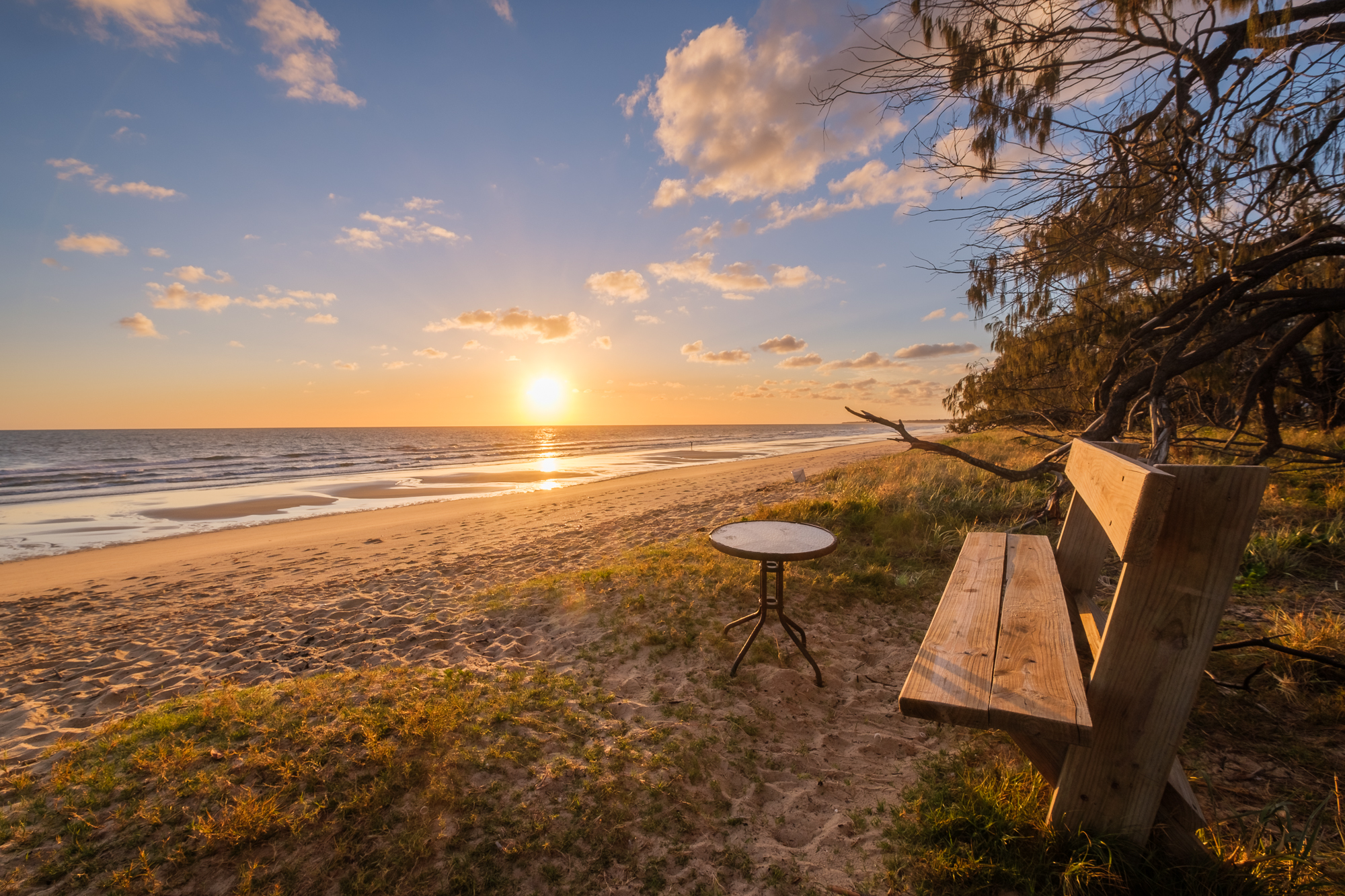Embracing Full-Time Caravan Life with My Wife and Our Loyal Companion Across Australia
This has been a long time coming, close to 5 years of planning, saving, dreaming. Now we have started, it’s kind of scary.
The idea for this lifestyle, came up at the beginning from a trip we did 5 years ago to the Big Red Bash, we also added in Uluru, and Kings Canyon. 6 weeks on the road, in a camper trailer, and we loved it. Did not want to go back. When home, we discovered YouTube, and the various other people that were doing this lifestyle full time already, or starting to, that got us thinking, if they can, we can.
It takes courage and determination to go ahead with a change like this. Leaving your comfortable home, job, life, to completely upend it to living on the road in a tiny home, with limited income.
Catherine has managed to secure a part time role with her company working 3 days a week, I, on the other hand have left my job with nothing to look forward to work wise. Am I concerned? Yes and no.
“You are confined only by the walls you build yourself.” — Andrew Murphy
I don’t want to look back on my life and say to myself I should’ve, could’ve. We took a gamble moving from New Zealand to Australia 13 years ago, scary at the time, again leaving a good comfortable life behind heading into the unknown. Turned out the be a good decision, more doors opened, new experiences, and a better lifestyle emerged out of that decision.
Why Now?
Health, and tomorrow is never guaranteed. With various health issues creeping up on Catherine and I, we felt that if not now, then in the not too distant future it will quickly become a never.
We were looking for a change. Both of us, perhaps more me than Catherine, were becoming bored with our jobs and looking for a change.
World events, everything is going nuts, conflict everywhere, political distrust, cost of living, you name it, it doesn’t take an Einstein to figure out that this lifestyle we have embarked on may not possible soon, or at least not so achievable.
Website Changes
This website has been about my photography, birding adventures, due to the above mentioned health issues, and Covid, that ended up on the back burner, so nothing happened here for a couple of years. So, the new focus will be –
- Our travel Blog, full of updates, hints, tips and experiences of our travels.
- A Diary of my (our) thoughts on this lifestyle.
- The highs, and lows of our experiences.
So come join us on the journey and if you are travelling yourself and wanna do something together, get in touch.





